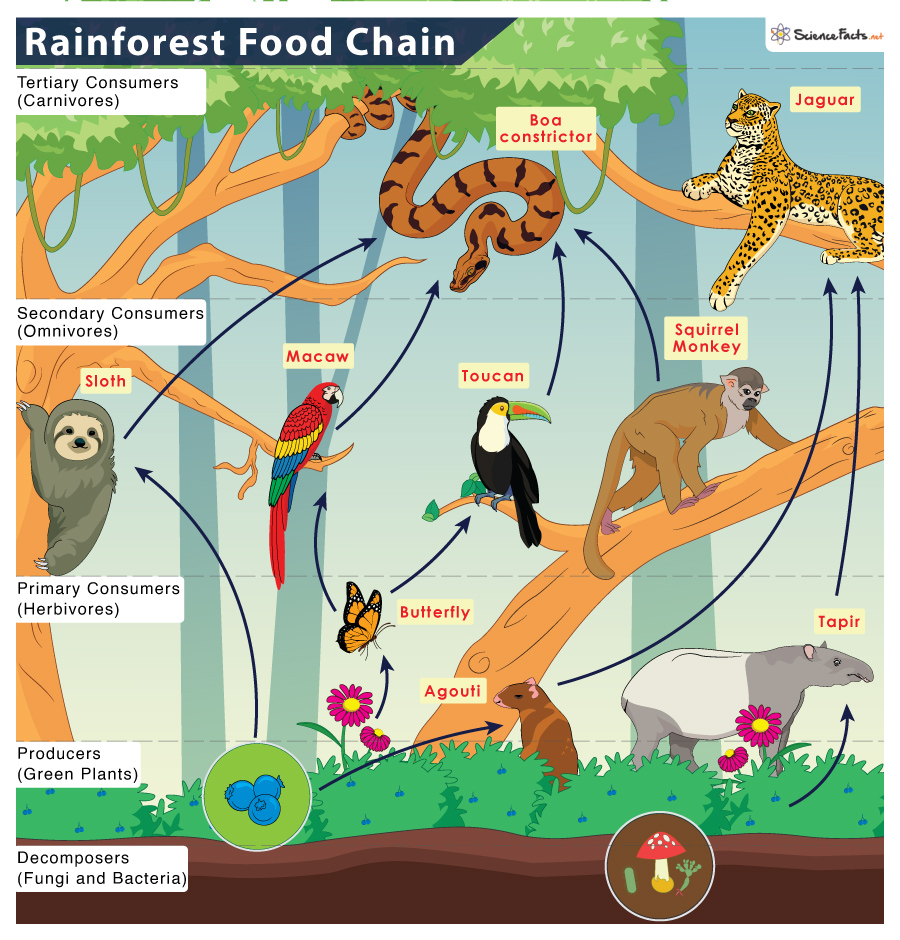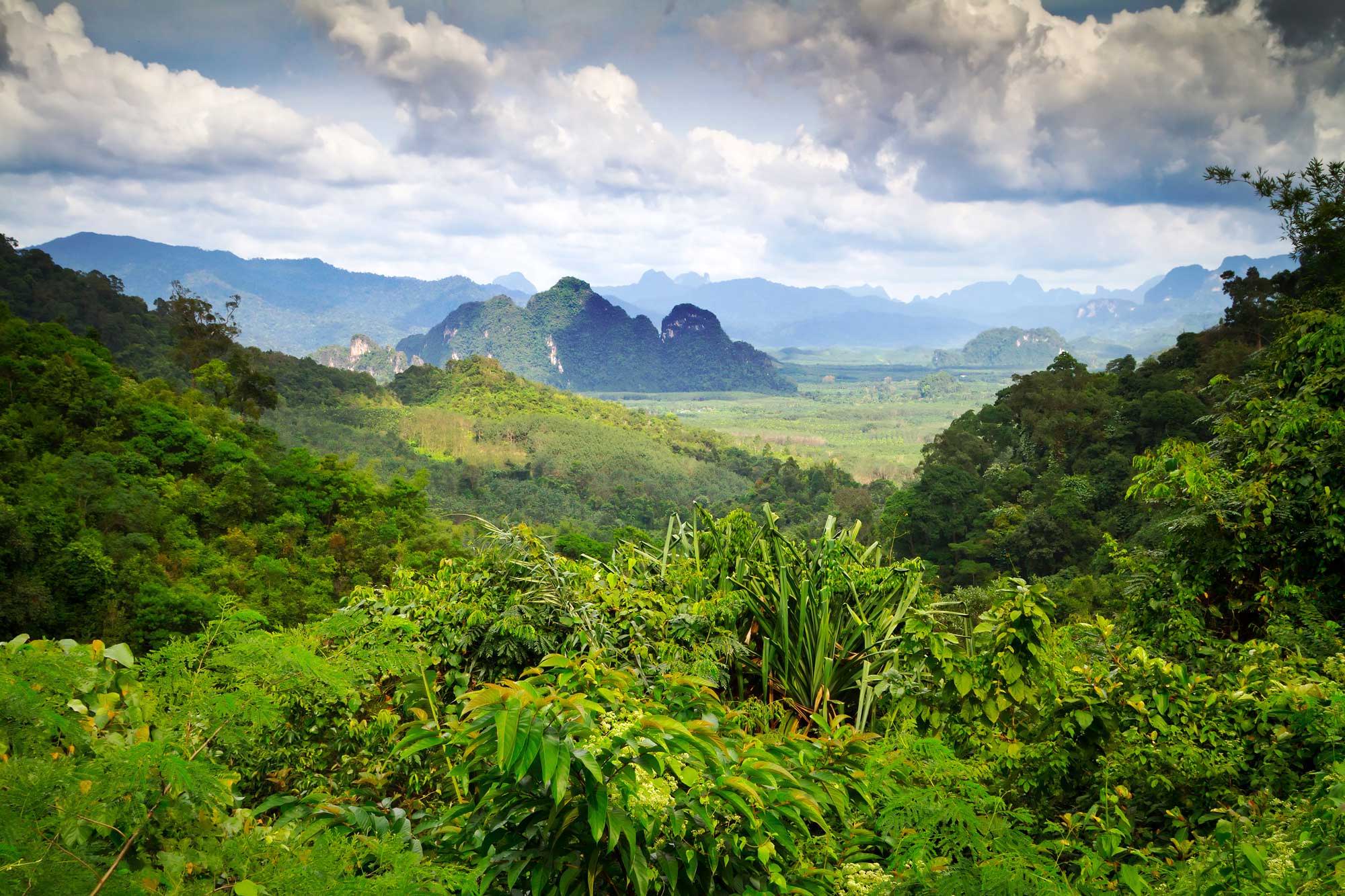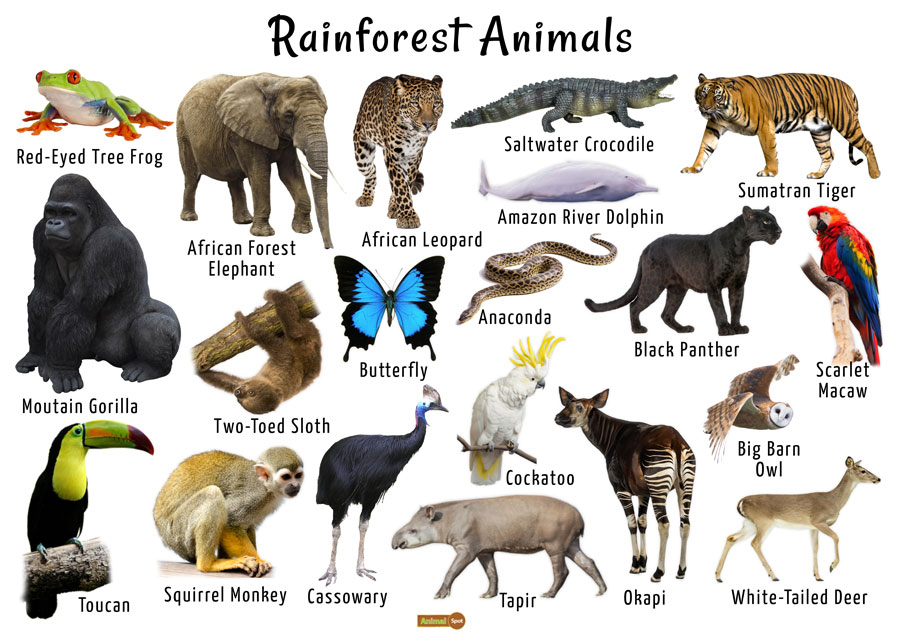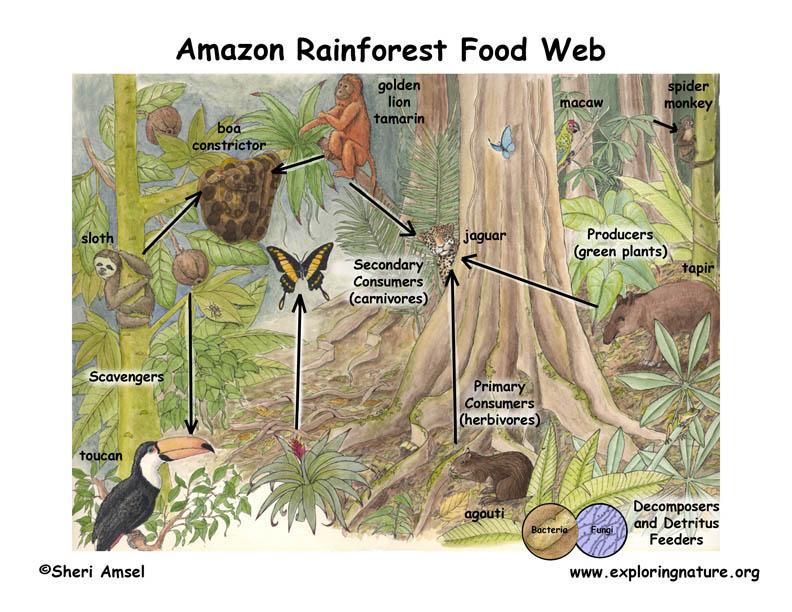Topic aquatic and terrestrial ecosystem: Dive into the fascinating worlds of aquatic and terrestrial ecosystems, where the diversity of life flourishes across our planet"s unique environments.
Table of Content
- What is the difference in herbivory and decomposition between aquatic and terrestrial ecosystems?
- Definition and Importance of Aquatic and Terrestrial Ecosystems
- Differences Between Aquatic and Terrestrial Ecosystems
- Types of Aquatic Ecosystems: Marine and Freshwater
- Types of Terrestrial Ecosystems: Forests, Deserts, Grasslands, and More
- Key Components and Organisms in Aquatic Ecosystems
- Key Components and Organisms in Terrestrial Ecosystems
- YOUTUBE: Ecosystems Explained for Kids: Aquatic and Terrestrial
- Interactions and Interdependence Between Aquatic and Terrestrial Ecosystems
- Human Impacts on Aquatic and Terrestrial Ecosystems
- Conservation and Protection Strategies
What is the difference in herbivory and decomposition between aquatic and terrestrial ecosystems?
The difference in herbivory and decomposition between aquatic and terrestrial ecosystems can be explained in the following points:
- Aquatic Herbivory:
In aquatic ecosystems, herbivory refers to the consumption of plants or algae by aquatic organisms such as fish, invertebrates, and other aquatic species.
These organisms have specific adaptations to feed on underwater vegetation or suspended algae.
The consumption of plants and algae in aquatic ecosystems significantly contributes to nutrient cycling and energy flow in the system.
- Aquatic Decomposition:
In aquatic ecosystems, decomposition is the process where organic matter, such as dead plants, algae, and animal remains, are broken down by microorganisms.
Decomposition in aquatic ecosystems occurs underwater, facilitated by bacteria, fungi, and other microorganisms present in the water.
The decomposition process plays a vital role in nutrient recycling, releasing essential nutrients back into the system.
- Terrestrial Herbivory:
In terrestrial ecosystems, herbivory involves the consumption of plants by a range of organisms, including herbivorous insects, mammals, and birds.
Terrestrial herbivores have adaptations like chewing mouthparts, specialized digestive systems, or beaks for feeding on land-based vegetation.
These herbivores play crucial roles in shaping vegetation communities and controlling plant growth.
- Terrestrial Decomposition:
In terrestrial ecosystems, decomposition occurs on land and is driven by a diverse range of organisms such as bacteria, fungi, and detritivores like insects and worms.
These decomposers break down dead organic matter, such as fallen leaves, twigs, and dead animals, into simpler substances.
Decomposition in terrestial ecosystems is crucial for nutrient cycling, soil formation, and the overall health of the ecosystem.
Overall, while both aquatic and terrestrial ecosystems involve herbivory and decomposition processes, the specific adaptations, organisms involved, and the physical environment differ between the two.
READ MORE:
Definition and Importance of Aquatic and Terrestrial Ecosystems
Aquatic and terrestrial ecosystems are fundamental components of the planet"s biosphere, each supporting a vast array of life forms and contributing to the global ecology in unique ways. Aquatic ecosystems, encompassing both freshwater and marine environments, are crucial for water purification, climate regulation, and providing habitat for marine life. Terrestrial ecosystems, which include forests, deserts, grasslands, and tundra, are vital for oxygen production, soil conservation, and serving as habitats for countless species.
- Aquatic Ecosystems: Cover about 71% of the Earth"s surface and include oceans, rivers, lakes, and wetlands.
- Terrestrial Ecosystems: Encompass the remaining 29% and are categorized by distinct biomes based on climate, vegetation, and geography.
The importance of these ecosystems cannot be overstated. They regulate climate, support biodiversity, provide resources for human livelihood, and offer services essential for life on Earth, such as pollination, nutrient cycling, and water filtration. Protecting these ecosystems is critical for sustaining the planet"s health and ensuring future generations can thrive.
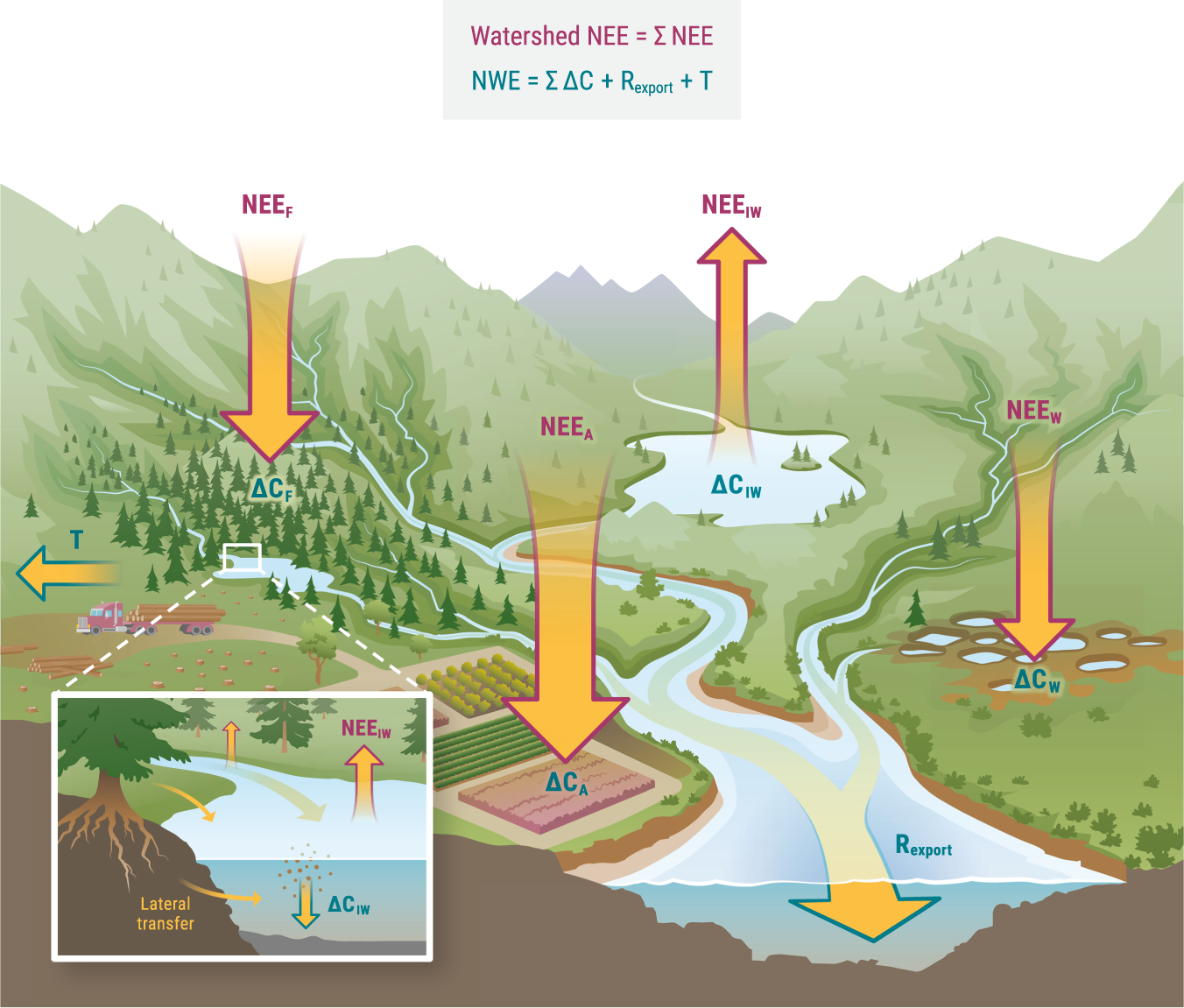
Differences Between Aquatic and Terrestrial Ecosystems
The fundamental differences between aquatic and terrestrial ecosystems lie in their environmental conditions, types of organisms they support, and the physical and chemical characteristics that define them. Understanding these differences highlights the diversity and complexity of ecosystems on our planet.
- Environmental Conditions: Aquatic ecosystems are characterized by their water-based environment, which can be fresh or saltwater, while terrestrial ecosystems are defined by land-based habitats.
- Types of Organisms: Aquatic ecosystems are home to fish, marine mammals, and aquatic plants, whereas terrestrial ecosystems support land animals, birds, and terrestrial plants.
- Physical Characteristics: Water availability, light penetration, and pressure vary greatly in aquatic ecosystems compared to the more stable conditions found on land.
- Chemical Characteristics: Aquatic ecosystems often have different salinity levels and dissolved oxygen content, whereas terrestrial ecosystems are influenced by soil composition and air quality.
These differences not only affect the survival and adaptation strategies of organisms but also influence the ecosystem services provided to humans and the planet. Recognizing and understanding these distinctions is essential for effective conservation and management practices.
Types of Aquatic Ecosystems: Marine and Freshwater
Aquatic ecosystems, critical for supporting diverse forms of life, are broadly categorized into marine and freshwater ecosystems. Each type plays a unique role in the global ecosystem, supporting species adapted to their specific conditions.
- Marine Ecosystems: Covering about 70% of the Earth"s surface, marine ecosystems include oceans, seas, coral reefs, and estuaries. They are characterized by high salt content and support a wide range of life, from microscopic plankton to the largest mammals on Earth. Marine ecosystems are crucial for regulating climate, providing oxygen, and serving as a key source of food and resources for humans.
- Freshwater Ecosystems: Comprising lakes, rivers, streams, and wetlands, freshwater ecosystems contain less than 1% salt concentration. They are essential for drinking water, agriculture, transportation, and habitat for a variety of species. Freshwater ecosystems also play significant roles in nutrient cycling and biodiversity support.
Understanding the characteristics and importance of marine and freshwater ecosystems is vital for their conservation and management. These ecosystems face threats from pollution, climate change, and overfishing, highlighting the need for sustainable practices to protect them for future generations.

Types of Terrestrial Ecosystems: Forests, Deserts, Grasslands, and More
Terrestrial ecosystems, which cover about 29% of the Earth"s surface, are diverse biomes each with unique flora, fauna, and climate conditions. These ecosystems are fundamental to life on Earth, providing habitats for millions of species and essential resources for humans.
- Forests: Characterized by high levels of precipitation and dense vegetation, forests are divided into tropical, temperate, and boreal forests. They are crucial for carbon storage, oxygen production, and biodiversity.
- Deserts: Known for their extreme aridity, deserts can be hot or cold. They are home to specially adapted plants and animals that survive with minimal water. Deserts play a key role in the Earth"s climate by reflecting sunlight.
- Grasslands: Found in regions with moderate to low rainfall, grasslands are dominated by grasses and have few trees. These ecosystems support a vast array of herbivores and are important for agriculture.
- Tundra: Characterized by cold temperatures, low precipitation, and permafrost, the tundra is found in the Arctic and high mountain regions. Despite its harsh conditions, it supports a variety of life adapted to survive with minimal nutrients.
Each terrestrial ecosystem type plays a specific role in the global environment, affecting water cycles, climate regulation, and providing resources for human use. Protecting these ecosystems is vital for maintaining biodiversity and the health of the planet.
Key Components and Organisms in Aquatic Ecosystems
Aquatic ecosystems are vibrant environments with a complex interplay of biotic (living) and abiotic (non-living) components that support a diverse array of life forms. From microscopic algae to the largest marine mammals, the inhabitants of these ecosystems play crucial roles in their functioning and sustainability.
- Plankton: The foundation of the aquatic food web, plankton are divided into phytoplankton (plant-like organisms that photosynthesize) and zooplankton (tiny animals). They are essential for oxygen production and as a food source for larger organisms.
- Fish: Fish are a diverse group of organisms that play various roles in aquatic ecosystems, including acting as predators, prey, and contributing to the nutrient cycle through their waste.
- Marine Mammals: Including whales, dolphins, and seals, marine mammals are often top predators in marine ecosystems. They play a key role in maintaining the balance of marine environments.
- Corals: Found in marine ecosystems, particularly in coral reefs, corals are colonies of tiny living animals. They provide complex habitats for a multitude of marine species and are critical for biodiversity.
- Aquatic Plants: Including seaweeds and mangroves, aquatic plants are vital for oxygen production, providing habitats, and stabilizing the seabed and coastal zones.
Understanding the key components and organisms in aquatic ecosystems is essential for their conservation and management. These ecosystems are under threat from overfishing, pollution, and climate change, highlighting the need for sustainable practices to protect them.

Key Components and Organisms in Terrestrial Ecosystems
Terrestrial ecosystems are characterized by their diverse flora and fauna, which vary significantly across different biomes. These ecosystems are supported by both living and non-living components that interact in complex ways to sustain life.
- Trees and Plants: Form the primary producers in these ecosystems, converting sunlight into energy through photosynthesis and providing oxygen and habitat for other organisms.
- Soil Microorganisms: Including bacteria, fungi, and protozoa, these organisms play a crucial role in decomposing organic matter, recycling nutrients, and maintaining soil health.
- Insects: Serve as pollinators, decomposers, and a food source for higher trophic levels. Insects are critical for plant reproduction and nutrient cycling.
- Mammals: From small rodents to large herbivores and predators, mammals play varied roles in ecosystems, including seed dispersal, predation, and maintaining population balances.
- Birds: Act as predators, pollinators, and seed dispersers. Birds contribute to ecological balance through pest control and helping in the regeneration of plants.
Terrestrial ecosystems provide essential services such as carbon storage, climate regulation, and soil formation. Preserving these ecosystems and their biodiversity is crucial for ecosystem resilience, agricultural productivity, and overall environmental health.
Ecosystems Explained for Kids: Aquatic and Terrestrial
Kids: Discover a fun-filled and educational adventure designed specifically for kids! Join us as we explore exciting topics and engage in interactive activities that will ignite their curiosity and spark their love for learning. Watch the video now and see your kids\' faces light up with excitement!
Terrestrial and Aquatic Ecosystems: Environmental Science
Environmental Science: Dive into the fascinating world of environmental science and gain a deeper understanding of the planet we call home. From climate change to biodiversity, this video will take you on a captivating journey where you\'ll learn how we can make positive changes to protect our environment. Watch now and become an agent of change!
Interactions and Interdependence Between Aquatic and Terrestrial Ecosystems
The intricate interactions and interdependence between aquatic and terrestrial ecosystems are vital for sustaining life and ecological balance on Earth. These interactions facilitate the flow of energy, nutrients, and organisms across ecosystems, demonstrating the interconnectedness of our planet"s biosphere.
- Water Cycle: The water cycle exemplifies the fundamental connection between aquatic and terrestrial ecosystems, where evaporation from bodies of water, transpiration from plants, and precipitation as rain or snow support life in both environments.
- Nutrient Cycling: Nutrients are transferred between aquatic and terrestrial ecosystems through various processes, including runoff, river flow, and the movement of animals, enriching soils and water bodies and supporting diverse life forms.
- Animal Migrations: Many species migrate between aquatic and terrestrial ecosystems for breeding, feeding, and nesting, facilitating the exchange of organic matter and nutrients and enhancing biodiversity.
- Human Activities: Human activities impact both ecosystems, with pollution, land use change, and climate change affecting the delicate balance and health of these interconnected systems.
Understanding and preserving the interactions and interdependence between aquatic and terrestrial ecosystems are crucial for environmental conservation, climate stability, and the continuation of life on Earth. These systems cannot be managed in isolation due to their intertwined nature, emphasizing the need for integrated environmental policies and conservation efforts.

Human Impacts on Aquatic and Terrestrial Ecosystems
Human activities have significantly impacted both aquatic and terrestrial ecosystems, often leading to negative consequences for biodiversity, climate, and ecosystem services. While some impacts are direct and immediate, others unfold over longer periods, affecting the health and sustainability of these ecosystems.
- Pollution: Water pollution from chemicals, plastics, and waste, along with air and soil pollution from industrial and agricultural activities, degrades the quality of natural habitats, affecting the health and survival of numerous species.
- Deforestation and Habitat Loss: The clearing of forests for agriculture, logging, and urban development reduces biodiversity, disrupts carbon storage, and alters climate regulation functions of terrestrial ecosystems.
- Climate Change: Human-induced climate change, primarily from greenhouse gas emissions, affects temperature and precipitation patterns, impacting the distribution and health of both aquatic and terrestrial ecosystems.
- Overfishing and Hunting: Unsustainable fishing and hunting practices reduce species populations in aquatic and terrestrial environments, leading to imbalances and loss of biodiversity.
- Land Use Changes: The conversion of natural landscapes into urban or agricultural areas disrupts ecosystems, reducing their ability to provide essential services such as pollination, water purification, and flood control.
Addressing human impacts on these ecosystems involves promoting sustainable practices, enhancing conservation efforts, and implementing policies that balance human needs with environmental protection. It is crucial for the well-being of our planet and future generations.
READ MORE:
Conservation and Protection Strategies
Human activities have significantly impacted both aquatic and terrestrial ecosystems, often leading to negative consequences for biodiversity, climate, and ecosystem services. While some impacts are direct and immediate, others unfold over longer periods, affecting the health and sustainability of these ecosystems.
- Pollution: Water pollution from chemicals, plastics, and waste, along with air and soil pollution from industrial and agricultural activities, degrades the quality of natural habitats, affecting the health and survival of numerous species.
- Deforestation and Habitat Loss: The clearing of forests for agriculture, logging, and urban development reduces biodiversity, disrupts carbon storage, and alters climate regulation functions of terrestrial ecosystems.
- Climate Change: Human-induced climate change, primarily from greenhouse gas emissions, affects temperature and precipitation patterns, impacting the distribution and health of both aquatic and terrestrial ecosystems.
- Overfishing and Hunting: Unsustainable fishing and hunting practices reduce species populations in aquatic and terrestrial environments, leading to imbalances and loss of biodiversity.
- Land Use Changes: The conversion of natural landscapes into urban or agricultural areas disrupts ecosystems, reducing their ability to provide essential services such as pollination, water purification, and flood control.
Addressing human impacts on these ecosystems involves promoting sustainable practices, enhancing conservation efforts, and implementing policies that balance human needs with environmental protection. It is crucial for the well-being of our planet and future generations.
Human activities have significantly impacted both aquatic and terrestrial ecosystems, often leading to negative consequences for biodiversity, climate, and ecosystem services. While some impacts are direct and immediate, others unfold over longer periods, affecting the health and sustainability of these ecosystems.
Addressing human impacts on these ecosystems involves promoting sustainable practices, enhancing conservation efforts, and implementing policies that balance human needs with environmental protection. It is crucial for the well-being of our planet and future generations.







